IAC News
IAC News No.55, May 2017
Japan Society of Civil Engineers International Activities Center May 1, 2017 IAC News No.55
JSCE set up International Scientific Exchange Fund (ISEF) with the funds contribtred by the members and others as part of JSCE’s 75th anniversary proejcts under the control of trustete Mitsubishi UFJ Trust and Bank in Jaunary 1989.
The ISEF was initially aimed for assistning Japanese engineers and researchers to attend conferences held in and outside Japan. It has developed targeted projects significantly and suppored various proejcts over the years: 1) it assists bi- and multi-lateral exchanges which are planned by research committees and ACECC Technical Committee (TC)s, 2) it implements the Study Tour Grant (STG) program which proivdes young engineers overseas with opprotunites to get hands-on exposure to the Japanes civil engineering, who will play key figures to liaise between Japan and their coutries, and 3) it strengthens the activities of JSCE International Chapters, and lays the basis for communication hubs overseas.
This issue introduces three projects funded by the ISEF: the joit seminar held in Indonesia in this March hosted by Concrete Committee, ACECC TC on Intelligent Transport Systems (ITS) , and two reports of 2016 STG participants.
Report on 2016 Joint Seminar held in Makassar, Indonesia.
- Seminar on JSCE Standard Specification on Concrete Structures -
JSCE Concrete Committee, JSCE Indonesia Section and Hasanuddin University (Makassar, Indonesia) organized “Joint Seminar on Maintenance of Concrete Structures based on Standard Specification for Concrete structures of JSCE,” on 17 March 2017 on Gowa Campus, Hasanuddin University (http://unhas.ac.id/) in Makassar, Indonesia.
The Concrete Committee has held international seminars abroad to develop a partnership with foreign counterparts once a year for these fifteen years. Responding to the requests from the Indonesian side, the committee chose the topic of this year’s seminar as “Introduction of the Standard Specification on Concrete Structures, especially, Maintenance Part.”
Speakers and presentation titles are as follows:
1) Prof. Takumi Shimomura, from Nagaoka University of Technology, presented as a title of “Standard Specifications for Concrete Structures.” Presently, he is a secretary general of the committee on the revision of Standard Specification.
2) Prof. Koichi Kobayashi, from Gifu University, presented as a title of “Standard Specifications for Concrete Structures: Maintenance.” Presently he is a vice WG leader of the working group on the revision of “Standard Specification for Concrete Structures, Maintenance Part.”
3) Mr. Mototaka Morota from Sumitomo Mitsui Construction Co., Ltd, presented as a title of “Project Outline and Quality Control of Construction of Jakarta Mass Rapid Transit Project.”He is presently Deputy Manager and Design Manager, PT. Hutama Karya Joint Operation, Construction of Jakarta Mass Rapid Transit Project. Mr. Morota came to Makassar from Jakarta to join the Seminar.
4) From Indonesian side, a presentation was prepared by Mr. Qodri Sihotang, presently Lead Engineer, PT. Tyfo Fibrewrap Indonesia. His presentation title was “Innovation in Structural Engineering.”
The seminar counted 105 participants including university faculty members and students, engineers in private companies in the Makassar area. The entire audince attenvely listend to any presentation and made several comments and questions.
The population of Makassar city is about 1.34 million, which is the larget city in Sulawesi Island and the 7th largest one in Indonesia. Now, the city is developing at very high speed; accordingly, demand for developing infrastuctures is growing. On the other hand, the city has a long history and old concrete structures. Therefore, those structures are in need of adequate maintenance. Concrete technology is very important as well as key technology for the development of city.
In sum, the seminar was very fruitful and informative for all participants, not only for the Indonesian side, but also for us the Japanese side. We could get to know many researchers and engineers coming from local areas. We confirmed the relathionship with them, that should help us to introduce and spread the JSCE Standards and the Japanese concrete technology.
Technology transfer, especially in the civil engineering field, should be done with a deep undertanding and appreciation of technology levels, cultures, climates, economies and others of a host country. In this sense, grass-roots efforts in which face-to-face disucssions can be implemented, is indispensable. We are convinced that we should continue our efforts to hold the seminar in the future.
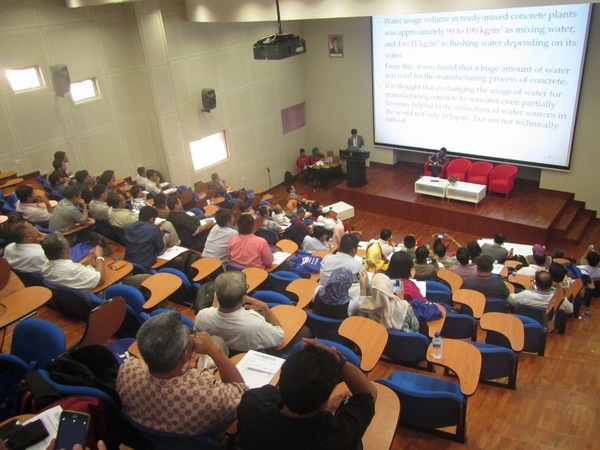
Joint Seminar at Hasanuddin Univ.
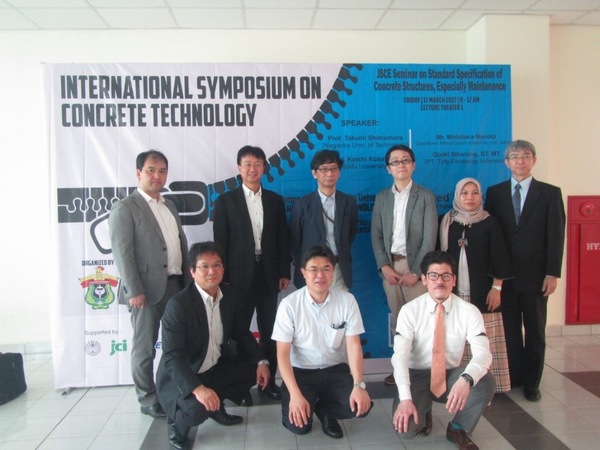
All Japanese participants and Dr. Rita Irmawaty
【Reported by Prof. Hidenori Hamada (Kyushu Univ.) 】
Activity Report of ACECC TC-16
Asian Civil Engineering Coordinating Council (ACECC) TC-16 is a technical committee (TC) which deals with “ITS based Solutions for Urban Traffic Problems in Asia-Pacific Countries.” The TC-16 has examined and sorted out ITS solutions for urban traffic issues and common challenges in Asian countries such as congestion, accidents, and environmental issues caused by rapid urbanization coupled with economic growth and motorization. Then, it has held a series of discussion on the methods to introduce ITS according to the level of economic growth and national land development of each country.
In FY2016, as an outcome of the TC-16 activities, we developed the guidebook “ITS Introduction Guide” for government officials and engineers in the Asian countries in order to explain the ITS-based solutions for urban traffic issues and ITS introduction processes. The guidebook was published on the website of ACECC as well as the one of Japan Society of Civil Engineers (JSCE).
We also made a presentation on the contents of the aforesaid guidebook at the 7th Civil Engineering Conference in the Asian Region (CECAR7) held in Honolulu at the end of August. We received questions about how to introduce ITS by utilizing public–private partnership (PPP From the floor,) from the audience.
Furthermore, at the “23rd ITS World Congress Melbourne 2016” held in October, we promoted the “ITS Introduction Guide” at the Japan Pavilion, and held a workshop with overseas members to discuss the future actions and policies of the TC-16 and related items. As a result of discussion, we decided to finalize the activities of the first term with the completion of the guidebook, and carry out the second term under a new organization with the current vice-chairman Shunsuke Kamijo (The University of Tokyo) as the new chairman. We also decided to collaborate with the International Association of Traffic and Safety Sciences (IATSS) to update that guidebook from a multifaceted perspective.
Since ITS technology keeps evolving day by day, engineers are required to learn new techniques constantly. Therefore, the TC-16 will continue to collect and study new cases of ITS in Asia and make efforts to solve urban transport problems in every country of the area by updating the “ITS Introduction Guide.”
This publication is supported by International Scientific Exchange Fund (ISEF) of JSCE.
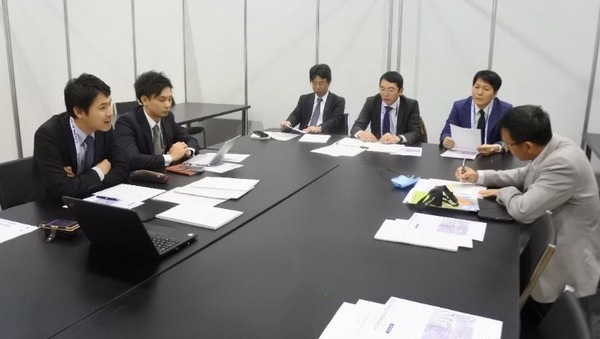
TC-16 Workshop
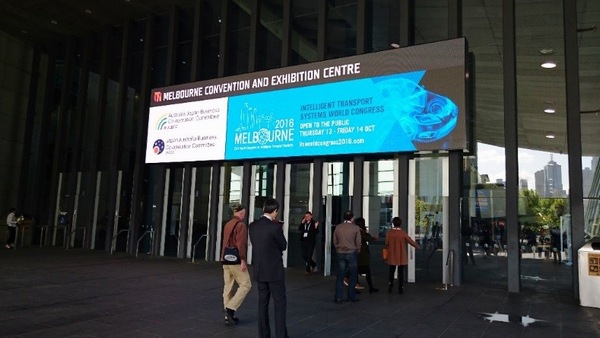
ITS World Congress site
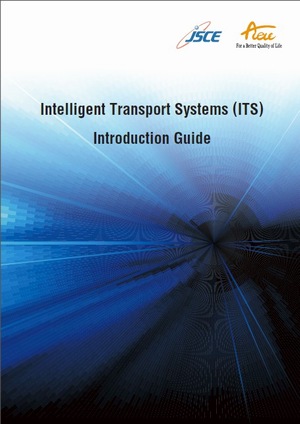
ITS Introduction Guide
【Reported by Kazuya Tamada (ITS Division of National Institute for Land and Infrastructure Management),
Secretary of ACECC TC-16】
Japan and Civil Engineering: My JSCE-STG Experience
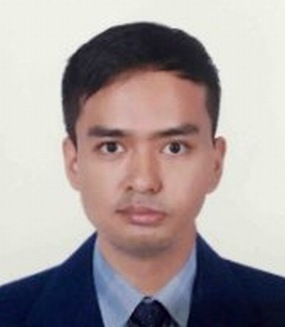
Mr. Alben Rome
B. Bagabaldo
Japan is busy taking the lead in shaping our world.
What can a young civil engineer or a civil engineering student learn about the practices in our chosen field in Japan? Literally, a lot! My one-week-study tour in the country from September 4 to 10, 2016 gave me a great opportunity to explore such a beautiful country.
My visit in Japan was made possible by Japan Society of Civil Engineers (JSCE) through its International Scientific Exchange Fund’s (ISEF) Study Tour Grant (STG) program. This program annually invites young civil engineers and civil engineering students to Japan for a week with all expenses paid by the ISEF. The prospective participants who are nominated by JSCE’s Agreement of Cooperation (AOC) societies and screened by the JSCE will join the program. And I am very fortunate to be one of the seven (7) grant recipients of the grant 2016 as a representative from the Philippines. Other recipients are from Thailand, Myanmar, Indonesia, Vietnam, Turkey, and Mongolia.
So here comes the week of the tour, I arrived in Japan on Sept. 4. Upon arrival at the airport, I was cordially greeted by Mr. Tsuyoshi Hashimoto of the International Activities Center of JSCE. Then, on Sept. 5-9, came the busy yet fun-filled days. We visited research laboratories of the Public Works Research Institute, National Institute for Land and Infrastructure Management and Kajima Technical Research Institute. We also went to construction sites, some of which were the Tajiri Area Project of the Tokyo-Gaikan Expressway, JR Tokyo Station Extension Project, and the disaster-affected areas in Imaizumi and Takata where restoration works were conducted. I was also mesmerized by the grandeur buildings of Tokyo Metropolitan Government.
Additionally, we shared our research projects at the 18th International Summer Symposium and got to know the officers of JSCE during a dinner reception at Tohoku University, Sendai; not to mention the fact that we rode the Shinkansen Hayabusa to travel to Sendai from Tokyo. Then, we were also given some time to explore beautiful and remarkable tourist attractions both in Sendai and in Tokyo. On Sept. 10, the last day of our stay in Japan came, and we bade farewell to each other.
My seven-day stay in Japan made me appreciate the country and my desire to pursue further studies there also increased. The JSCE STG program served to its purpose well to learn Japanese civil engineering technology and projects. Given the geographical features of Japan and its similarities to those of my country, there are many things that we can learn and adopt from them, especially in terms of the technologies that can be used to improve the resilience of buildings and infrastructures.
Furthermore, Filipinos can inherit two of the best practices in Japan which are placing a high value on time and being well-disciplined. I liked that what were listed in our itinerary were strictly followed as written. Another thing is cleanliness. That can be found everywhere you look even in construction sites. Other than that, the development goals of Japanese private companies are aligned to the ones of the government, resulting in no conflict of interests and faster improvements in their country.
Many streets in Tokyo and other places were really busy all day long, but that should not have happened without the infrastructures developed by civil engineers. Subways played an important part of utilizing limited space of our urban areas; without us civil engineers, there would have been no sturdy tunnels built. The streets and subways worked together with the trains which were the strong backbone of transportation in Japan, which is another thing that I look up to and dream of having in the Philippines and motivated to be interested in transportation engineering. The STG program helped me broaden my view and expand my knowledge of my chosen field. Given the opportunity, I would always want to come back to Japan that will keep its rich culture while taking a leadership of innovation.
In the end, I will always be thankful to JSCE for a-once-in-a-lifetime opportunity. My gratitude also goes to the Philippine Institute of Civil Engineers (PICE) for nominating me to the STG and for all of their support. My appreciation to my fellow STG 2016 recipients as well with whom I shared a truly unforgettable experience.
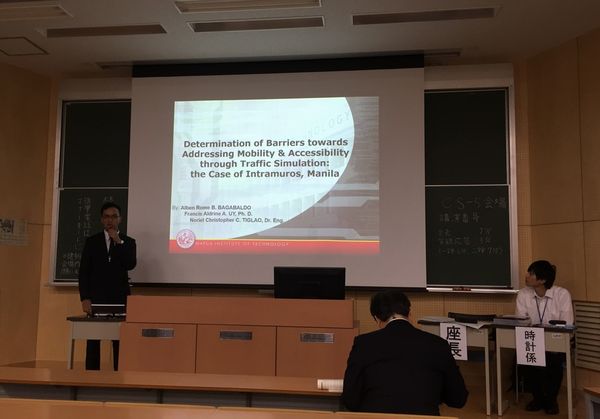
The Presentation at the International Summer Symposium
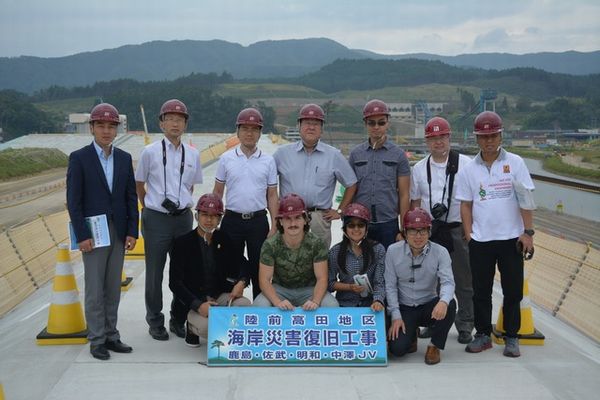
At the site of the restoration work in Rikuzentakata
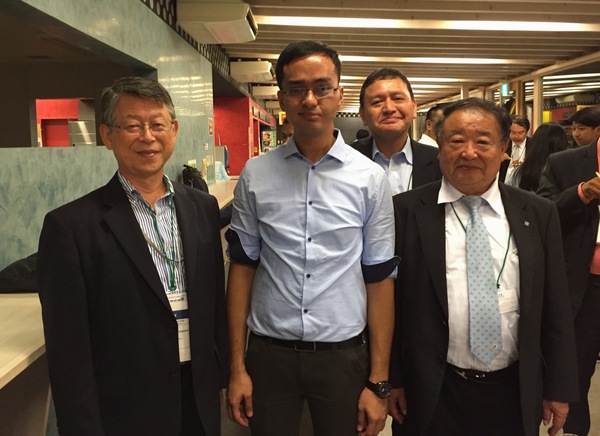
With the JSCE President at the networking reception
REPORT FOR 2016 JSCE STUDY TOUR GRANT
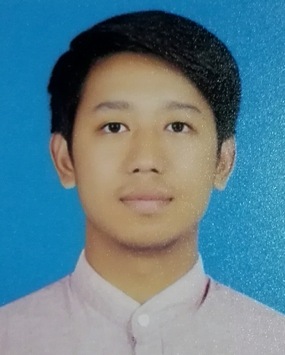
Mr. Aung Myat Thu
1. 2016 JSCE Study Tour Grant
STG is organized under the International Scientific Exchange Fund (ISEF) of Japan Society of Civil Engineers (JSCE) to promote international exchange and cooperation. According to bilateral relations between Myanmar and Japan, all young civil engineers were invited by Myanmar Engineering Society to compete and participate in the STG program. I prepared to apply for the 2016 STG program because I had a passion to study engineering in Japan.
2. Public Work Research Institute (Day 1)
According to the schedule, the first day of STG visit was Public Work Research Institute (PWRI) located in Tsukuba. Mr. Tsuyoshi Hashimoto picked me up at Narita Airport. He was always smiling and taking care of us along the program. Along the bus route, I found peaceful urban areas. At a structural engineering laboratory, I found the 30MN universal testing machine which is the second largest in the world. We found the liquefaction map of Japan. Without doubt, I saw that Japan was developing not only in structural engineering, but also in geotechnical engineering.
3. Tokyo-Gaikan Expressway Construction Site, TAJIRI-Area Project
Although Japanese food tasted different from Myanmar food, I could enjoy and felt it Oishii (delicious). After lunch, we went to the Tokyo-Gaikan Expressway construction site, TAJRI-area project. That project was the large scale construction project which was constructed by East Nippon Expressway Company.
4. Kajima Technical Research Institute (Day 2)
In the morning of second day, we studied at Kajima. The motto of Kajima Technical Research Institute is “Exploring today, building tomorrow.” At Kajima, I saw base-isolated buildings and two types of damper. Then, we went to a wind-tunnel-testing building. Before that day, I had only seen it in videos. I had wished to see it and finally my wish came true. After that, we studied about fire testing and an artificial garden on the roof.
5. Tokyo Metropolitan Government Building
We travelled to see the Tokyo Metropolitan Government Building. I really love skyscrapers; therefore, visiting and taking photos of that structure was still like a dream for me. I googled it and found out its architect Kenzo Tange and structural designer Kiyoshi Muto who are Japanese.
I also would like to design tall buildings like them in my country. We travelled to Sendai by the bullet train. It took only one and a half hours to travel nearly 200 miles. I really liked bullet trains because in my country it took about 10 hours to travel 400 miles by express trains. Good transportation is necessary for any country.
6. 18th International Summer Symposium at Tohoku University (Day 3, Sept. 7.)
It was an excellent opportunity for young civil engineers. My presentation was “The Highest Building Project in Shan State, Myanmar. After my presentation, three students asked me one question each. This was my first experience to attend an international seminar, and I felt those international students and their words in my heart.
7. Sendai City
We visited some areas in Sendai City and enjoyed walking, shopping, taxi riding, praying at a temple, and sight-seeing. It was a beautiful city. At night, we participated in a JSCE annual dinner and met the president and senior engineers of JSCE. We got a lot of visiting cards and made new friends which would develop good friendships in the future. I came to realize that Asia was not very different, but we were the same under the umbrella of civil engineering family. I really enjoyed “sake.”
8. Visit at the 2011 Tsunami-affected Areas (Day 4, Sept. 8.)
Along the trip, I saw the retaining walls and shotcrete areas that reinforced the side of mountains. My native town has many mountains and one of the hilly regions in our country. There are many possibilities of landslides and rock falls. That is why I like that way of maintenance for transportation. Loving environment helps us. We saw many developments in the earthquake-stricken city of Rikuzentakata in Iwate Prefecture. Next we went to the site office of Shimizu Corp. Joint Venture (JV) and stood on the top of the seawalls to overlook the entire construction project. We also saw the so-called “miracle” pine, the only one which stayed alone among 70,000 trees which had stood along the town's coastline after the disaster. That pine is now considered as a symbol of hope. After visiting the Tsunami-affected areas, I felt that I was growing respect for the Japanese engineering.
9. Sightseeing
The last day of our STG visit was a sightseeing tour in Tokyo. Firstly, we visited to Asakusa Temple by a HATO bus. I prayed for a chance to come back to Japan. We went to many souvenir shops. I bought Japanese traditional cloths for my teacher. Then, we went to Tokyo Sky Tree, the world’s tallest free-standing tower. Japanese traditional sense of beauty and engineering was integrated to its design. As far as I study, the structural character of this tower is different from other domestic structures. It is one of my favourite structures in the world. Tokyo is the wonderful mega-city for me. I will miss the days in Japan and STG friends also.
10. Speech of Gratitude
I would like to express my gratitude to Japan Society of Civil Engineer for my STG visit and their effort in making all the necessary arrangements and accommodations. It was a-once-in-a-lifetime opportunity. Then, I would like to thank Mr. Win Myint and Mr.Ye Gaung from Myanmar Engineering Society, Taunggyi Chapter. The program serves to its purpose nicely. It does not only promote the growth of participants, but also harmonious relationships among them. Since coming back from Japan, I have been increasing my desire to study at the master’s level in Japan. Dr. Kazunori Wada told me to come back and study in Japan. I still remember his voice. I will try to visit and study in Japan in the future. I will plan to build my dreams to become a reality.
To JSCE, thank you very much. Arigatogozaimasu!
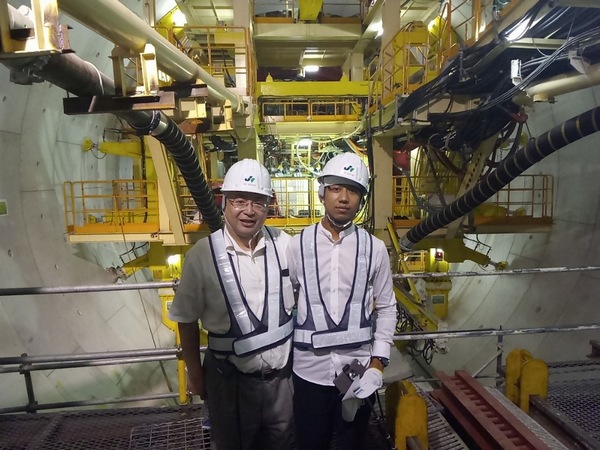
Field trip to TAJIRI-Area
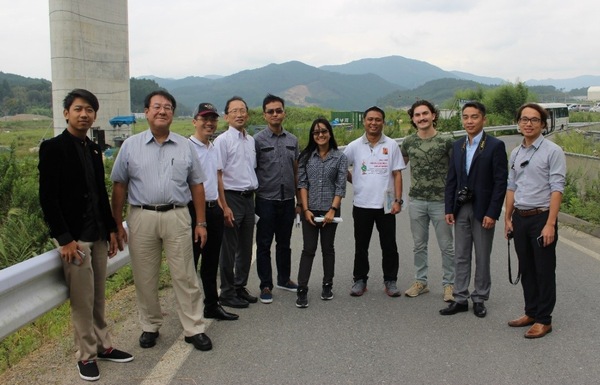
At the Shin-Kesennuma Bridge
Updates
- The summary of feature articles in the May 2017 issue of the JSCE Magazine is available on the JSCE website.
http://www.jsce-int.org/pub/magazine - Five projects introduced in the booklet “TRANSFER OF CIVIL ENGINEERING TECHNOLOGY IN SERVICE” published on the occasion of the 100th year anniversary of JSCE are introduced on the JSCE Website.
http://www.jsce.or.jp/e/archive - The Journal of JSCE a collection of research papers can be viewed on the JSCE website.
- https://www.jstage.jst.go.jp/browse/journalofjsce
- Concrete Committee International Newsletter No. 48
http://www.jsce.or.jp/committee/concrete/e/newsletter/newsletter48/index.html - Disaster Fact Sheet
http://committees.jsce.or.jp/disaster/ - IAC Students and Alumni Network
http://www.jsce-int.org/IAC_network
IAC News Subscription
The IAC News is one of the communication tools to share information and ideas with the members. We would like to invite you, your friends and colleagues to join the communication and to subscribe the IAC News. Please register online: (http://www.jsce-int.org/node/150). We look forward to meeting you.
